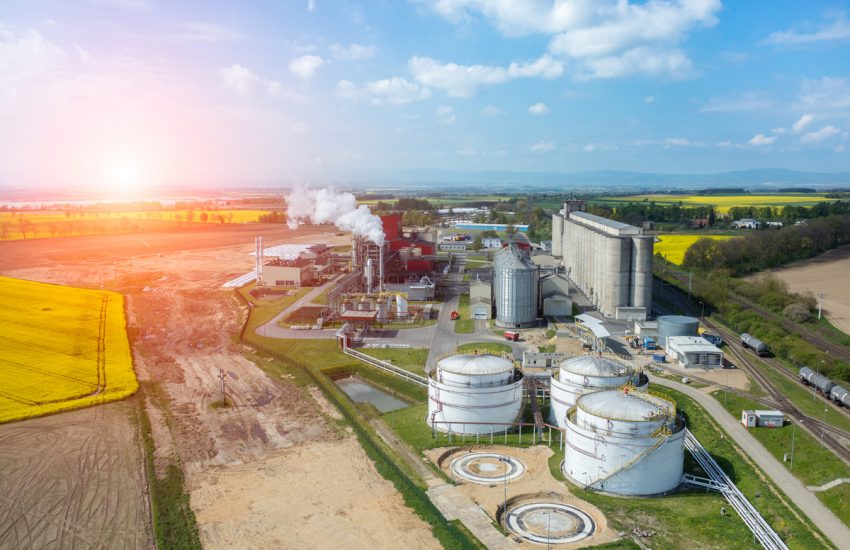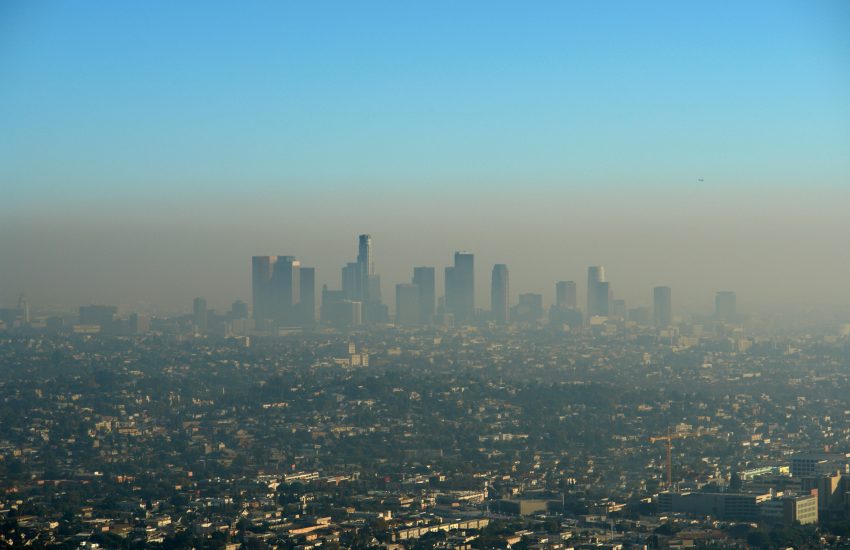In response to recent Executive Orders issued by President Biden, the U.S. Environmental Protection agency recently announced that it will be changing how it evaluates chemical risk under the Toxic Substances Control Act (TSCA). These changes will affect risk evaluations going forward, as well as 10 chemicals already evaluated by the EPA under the last administration. The EPA stated that the policy change is meant to ensure the public is protected from unreasonable risks from chemicals in the marketplace while relying on support that is …
Continue Reading









